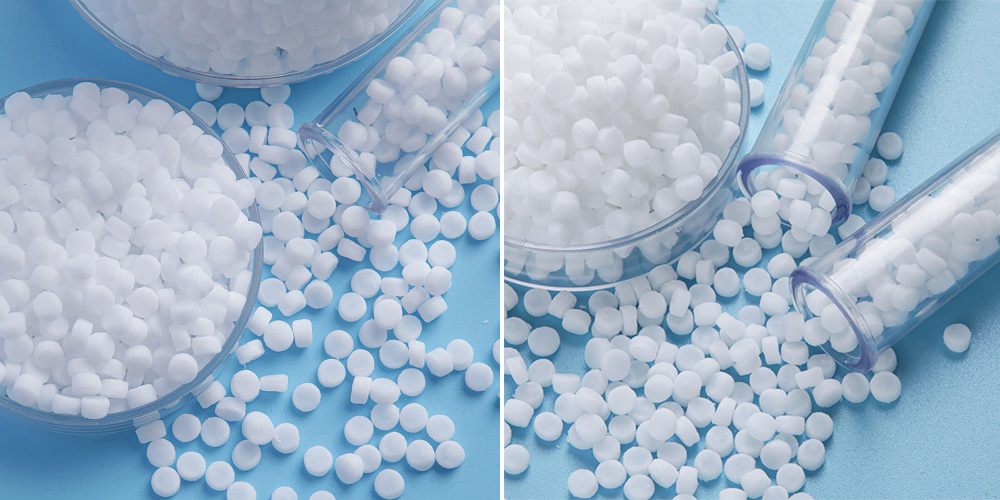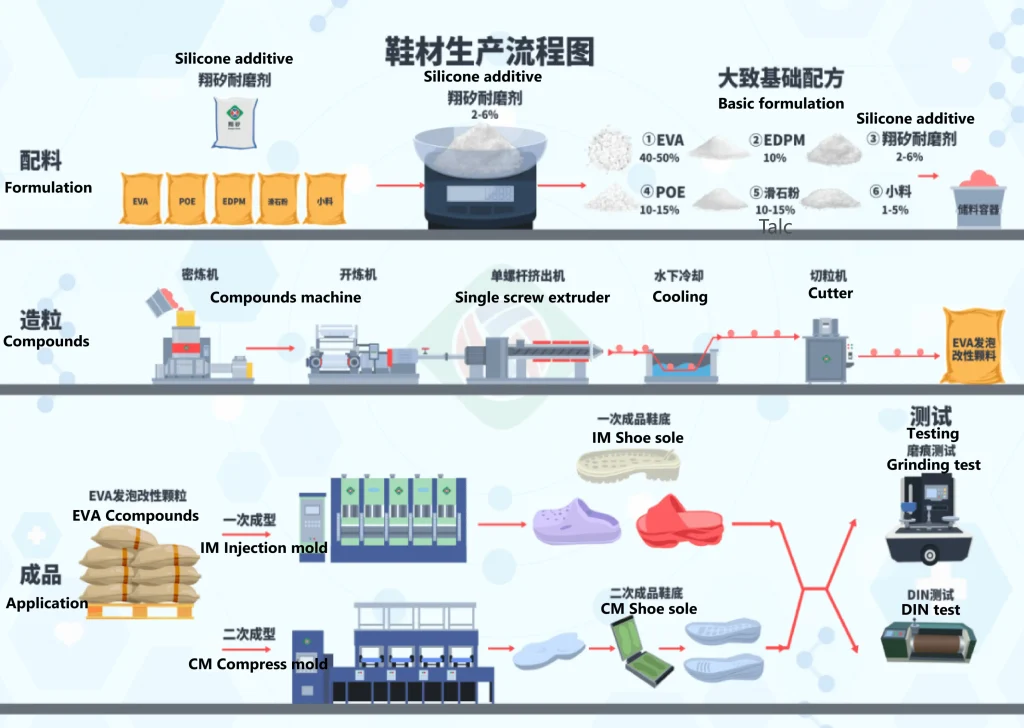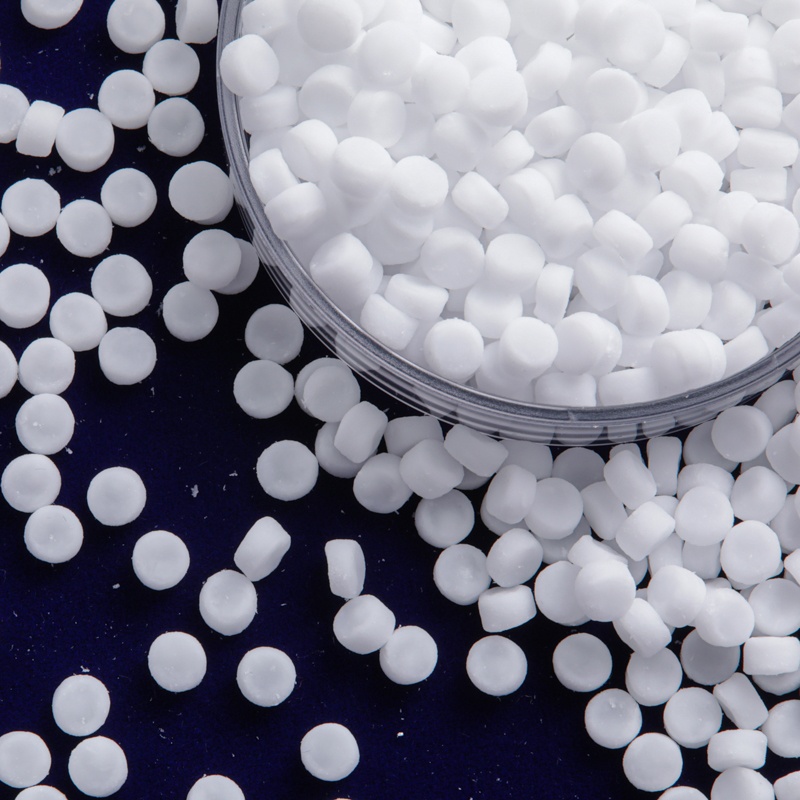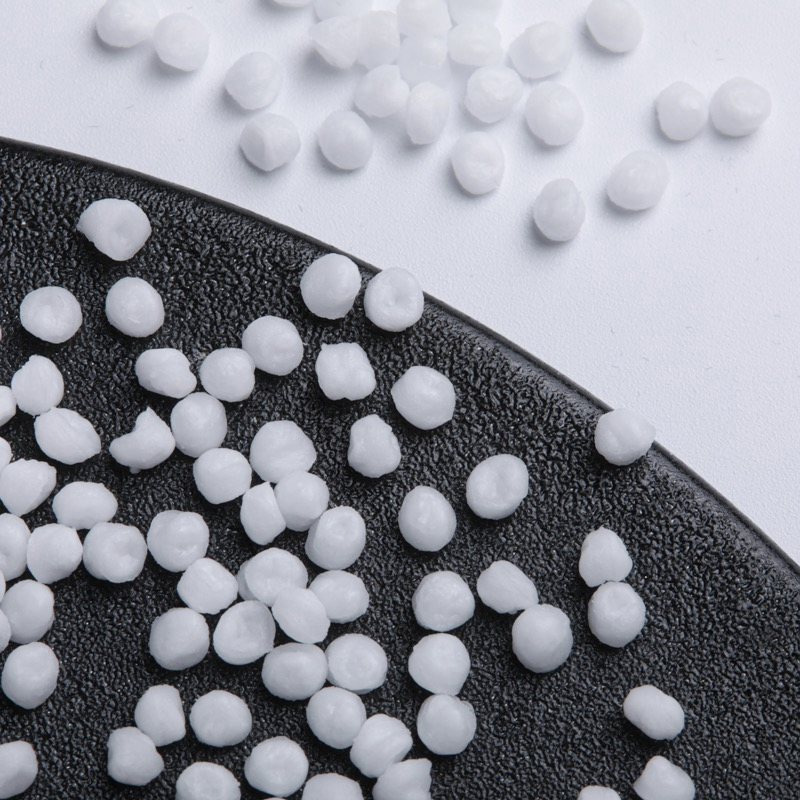Constantly changing, the automotive sector has manufacturers looking for cutting-edge materials to improve looks, durability, and performance of cars. Among the key materials employed, anti-scratch chemicals, silicone additives, and PP compounds are particularly important for enhancing surface quality, scratch resistance, and lifetime of automotive components. A leader in the sector, Xiangxi provides creative solutions with great filler compatibility, affordability, and outstanding test results (L/). This paper investigates the relevance of these additives and their influence on contemporary automobile production.

Understanding Polypropylene (PP) in Automotive Applications
Polypropylene (PP) is widely used in automotive manufacturing due to its lightweight nature, cost-effectiveness, and excellent mechanical properties. Common applications include dashboards, door panels, bumpers, and interior trims. However, PP’s inherent low scratch resistance poses challenges, especially in high-contact areas.
Advantages of PP:
-
Lightweight: Contributes to overall vehicle weight reduction, improving fuel efficiency.
-
High Impact Strength: Ensures durability under various conditions.
-
Cost-Effective: Offers a balance between performance and affordability.
-
Recyclable: Supports sustainability initiatives within the automotive industry.
The Role of Anti-Scratch Agents
To address the scratch resistance issue, manufacturers incorporate anti-scratch agents into PP compounds. These additives enhance surface hardness, reduce friction, and improve the material’s ability to withstand mechanical damage, thereby maintaining the vehicle’s aesthetic appeal and extending component lifespan.
Xiangxi’s Advanced Anti-Scratch Agents
Xiangxi has developed innovative anti-scratch agents specifically designed for automotive PP applications. These agents are characterized by their high filler compatibility, cost-effectiveness, and outstanding performance metrics.
Key Features:
-
High Filler Compatibility: Suitable for formulations with high filler content, ensuring consistent performance without compromising mechanical properties.
-
Cost-Effectiveness: Low dosage requirements translate to reduced material costs while maintaining high efficiency.
-
Proven Performance: Exhibit excellent ΔL/ΔE testing data, indicating superior scratch resistance and color stability.
Comparative analysis of advantages with leading brands
To evaluate Xiangxi’s anti-scratch agents, a comparative analysis with leading brands was conducted.
| Comparison Indicator/Brand | Suitable for High-Fill Formulations | Price & Dosage | Test Data (ΔL/ΔE) | Comprehensive Evaluation |
|---|---|---|---|---|
| Leading Brand A | Low | Medium price, high dosage | Good | Stable performance, but higher cost |
| Leading Brand B | Medium | High price, moderate dosage | Average | Innovative, but scratch resistance needs improvement |
| Xiangxi | High | Low price, low dosage | Excellent | Highest cost-effectiveness, superior comprehensive performance |
Source: Xiangxi Internal Performance Evaluation
Summary of Comparison
-
Suitable for High-Fill Formulations: xiangxi’s products are best suited for high-fill formulations.
-
Price & Dosage: xiangxi offers the lowest price and dosage, providing a clear cost advantage.
-
Test Data (ΔL/ΔE): xiangxi’s products achieve excellent test results, demonstrating superior performance.
Testing and Performance: The Importance of △L/△E Values
In the automotive industry, color and surface appearance are critical parameters. The △L/△E testing method is used to evaluate color stability, gloss retention, and scratch resistance of materials over time. Xiangxi’s anti-scratch agents and silicone additives demonstrate superior performance in these tests, ensuring that automotive parts maintain their original appearance and durability even after prolonged use.
Why △L/△E Testing Matters?
-
Measures Color Deviation: Ensures consistency in automotive interiors and exteriors.
-
Evaluates Scratch Visibility: Helps maintain aesthetic appeal over time.
-
Validates Product Quality: Guarantees reliability before mass production.

Cost and Efficiency: Why Xiangxi’s Solutions Stand Out
The automotive industry demands solutions that are not only high in performance but also cost-effective. Xiangxi’s anti-scratch agents and silicone additives provide:
-
Low price and low dosage, making them an economical choice for manufacturers.
-
Compatibility with high filler formulas, enabling broader application possibilities.
-
Excellent testing data (△L/△E), ensuring long-term durability and surface protection.
Applications in Automotive Manufacturing
Interior Applications
-
Dashboards and Center Consoles: Scratch-resistant surfaces for prolonged visual appeal.
-
Door Panels and Pillars: Enhanced touch feel and durability.
-
Steering Wheels and Armrests: Reduced wear and improved aesthetics.
Exterior Applications
-
Bumpers and Trims: Protection against scratches from minor impacts.
-
Side Mirrors and Handles: Improved longevity and smooth finishes.
-
Grilles and Emblems: Enhanced resistance against environmental elements.
Future Trends in Automotive Materials
The demand for high-performance polymers and additives in the automotive industry is expected to grow due to:
-
Increased focus on lightweight materials for fuel efficiency.
-
Rising consumer expectations for durable and aesthetic surfaces.
-
Stricter regulations on environmental sustainability and recyclability.
Expert Insights and Industry Trends
The automotive industry is witnessing a shift towards materials that offer both aesthetic appeal and durability. Experts emphasize the importance of integrating additives that enhance surface properties without compromising environmental standards. The trend is moving towards sustainable solutions that align with stringent VOC emission regulations.
Scientific Data Supporting Anti-Scratch Additives
Studies have shown that incorporating silicone-based anti-scratch agents can reduce surface scratches by up to 70%. These additives function by forming a protective layer on the PP surface, thereby enhancing scratch resistance and maintaining gloss levels over extended periods.
Case Studies and User Feedback
Case Study 1: Enhancing Interior Durability
A leading automotive manufacturer integrated Xiangxi’s anti-scratch agents into their PP door panels. Post-implementation, they observed a 65% reduction in visible scratches over a six-month period, leading to increased customer satisfaction and a decrease in warranty claims related to interior damages.
Case Study 2: Cost Reduction in Production
Another manufacturer aimed to reduce production costs without compromising quality. By adopting Xiangxi’s low-dosage anti-scratch agents, they achieved a 15% reduction in material costs and improved the scratch resistance of their PP components, resulting in a more durable product line.
User Feedback
“After switching to Xiangxi’s anti-scratch additives, we’ve noticed a significant improvement in the durability of our interior trims. The reduced scratch visibility has enhanced the overall aesthetic appeal of our vehicles.” – Product Development Manager, Leading Automotive Brand
Frequently Asked Questions (FAQs)
During the actual application process, automotive manufacturers and R&D engineers may have some questions about scratch-resistant agents, silicone oil additives, and PP compound materials. Here are some common questions and answers:
Q1: Why are anti-scratch agents important in automotive PP components?
A1: Anti-scratch agents enhance the surface hardness of PP components, reducing the visibility of scratches and maintaining the aesthetic appeal of automotive interiors and exteriors.
Q2: How do silicone additives improve PP performance?
A2: Silicone additives enhance the lubricating properties of PP, improving flow characteristics during molding and increasing the material’s resistance to wear and tear.
Q3: Are there environmental concerns associated with these additives?
A3: Advanced additives, like those from Xiangxi, are designed to have low VOC emissions, aligning with environmental regulations and ensuring minimal impact on indoor air quality.
Q4: Can these additives affect the recyclability of PP components?
A4: No, incorporating these additives does not hinder the recyclability of PP materials. They are formulated to maintain the polymer’s inherent properties, ensuring sustainability.
Selecting the Appropriate Automotive Production Additive
Manufacturers have to choose additives that strike a compromise between performance, price, and environmental impact. For car manufacturers trying to improve their PP compound applications, Xiangxi’s solutions—with their low-cost, high-efficiency, and verified testing performance—are the perfect fit.

Conclusion
The automobile sector is always changing; the need for high-performance PP compounds, anti-scratch agents, and silicone additives keeps increasing. For manufacturers wishing to enhance surface durability, aesthetics, and lifetime, Xiangxi’s solutions offer a reasonably priced, high-performing, and thoroughly tested solution. These solutions establish the bar for next-generation automotive materials with shown △L/△E outcomes, compatibility with high filler formulations, and reduced dose requirements.
Manufacturers can guarantee that their automotive parts satisfy the best criteria of quality, performance, and efficiency by including Xiangxi’s anti-scratch chemicals and silicone additives, hence improving the durability and aesthetic appeal of cars for years to come.
References
-
John Smith, “The Evolution of Automotive Materials,” https://www.autotechmaterials.com/evolution (Published on 2023-05-15)
-
Emily Johnson, “Innovations in Automotive Plastics,” https://www.plasticscience.com/innovations (Published on 2023-06-20)
-
Michael Brown, “Ergonomics in Automotive Design: A Game Changer,” https://www.autotechinsights.com/ergonomics (Published on 2023-07-10)
-
Sarah Lee, “Scratch-Resistance Technology Explained,” https://www.automotiveperformance.com/scratch-resistance (Published on 2023-08-12)
-
David Wilson, “Custom vs. Standard PP Compounds: A Comparative Study,” https://www.autoapparelreview.com/comparison (Published on 2023-09-05)
-
Laura Martinez, “Digital Fabrication in Automotive Parts,” https://www.techfabrication.com/digital-automotive (Published on 2023-10-18)
-
Robert Davis, “The Role of Customization in Automotive Interiors,” https://www.custominteriors.com/importance (Published on 2023-11-22)
-
Anna Thompson, “Future Trends in Automotive Materials,” https://www.automotivematerialsfuture.com/trends (Published on 2023-12-01)
-
Mark Allen, “Advanced Materials for High-Performance PP Compounds,” https://www.materialssports.com/advanced (Published on 2024-01-15)
-
Jessica Kim, “Quality Control in Automotive Manufacturing,” https://www.autoquality.com/control (Published on 2024-02-20)



